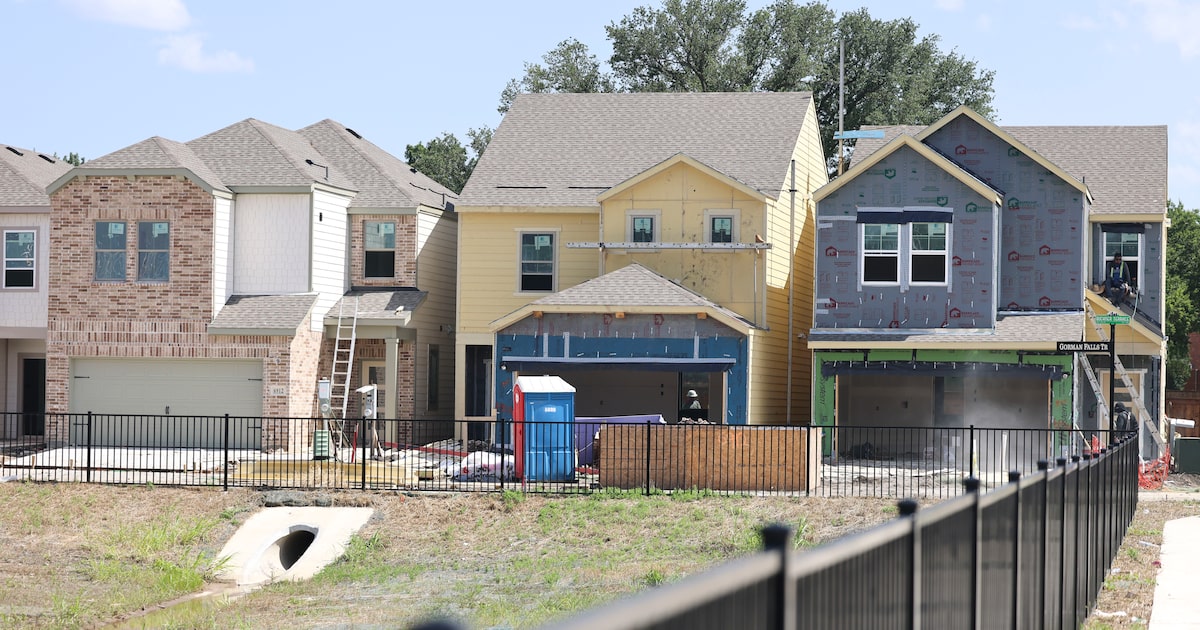Dallas-Fort Worth approved more building permits for new homes than anywhere else in the country last year.
D-FW cities and counties authorized 71,788 new housing units in 2024, according to a new analysis by Construction Coverage. The region outpaced Houston, New York, Phoenix and Atlanta to claim the top spot.
North Texas governments authorized 22.2 housing units per 1,000 existing homes — the third-fastest rate among metros with more than 1 million residents. Only Raleigh-Cary, N.C., and Austin posted approved new housing at a higher rate.
The pace has slowed in recent years, as it has in much of the country. D-FW saw its rate drop by nearly 8% since 2022. The region approved building permits for nearly 78,000 housing units in 2022.
D-FW Real Estate News
The median home price in D-FW was just over $377,000, according to the report.
The report looked at all housing, including apartments. In the Dallas metro specifically, 65% of new housing units authorized were single-family homes.
In 2024, the national rate of new housing authorizations was 10.1 units per 1,000 existing homes, down from 11.7 in 2022. Only 13 states increased their total number of housing permits year over year. The U.S. authorized roughly 1.5 million housing units in 2024.
Texas approved 225,756 new home building permits — the most in the nation. The Lone Star State posted the fifth-fastest rate, authorizing 17.9 units per 1,000 exiting homes. Idaho led the nation at 21.2 units, more than twice the national average.
The analysis was conducted by Construction Coverage, using data from the U.S. Census Bureau and Zillow.
A persistent shortage of housing has fueled a nationwide affordability crisis, according to the report. Most estimates place the nationwide shortfall between 2.5 million to 5.5 million units, reflecting years of underbuilding.
A Zillow study of new Census data estimates the shortage in the Dallas metro is just under 50,000 units.
“Dallas–Fort Worth ranks among the top U.S. metros for new housing construction thanks to rapid population growth, pro-growth policies, and relative affordability,” said Jonathan Jones, a senior researcher with Construction Coverage. “The region continues to attract new residents seeking economic opportunity, and local governments have created a streamlined, builder-friendly environment. Compared to coastal cities, D-FW offers more available land, lower costs, and fewer regulatory hurdles— enabling housing supply to better keep pace with demand.”
